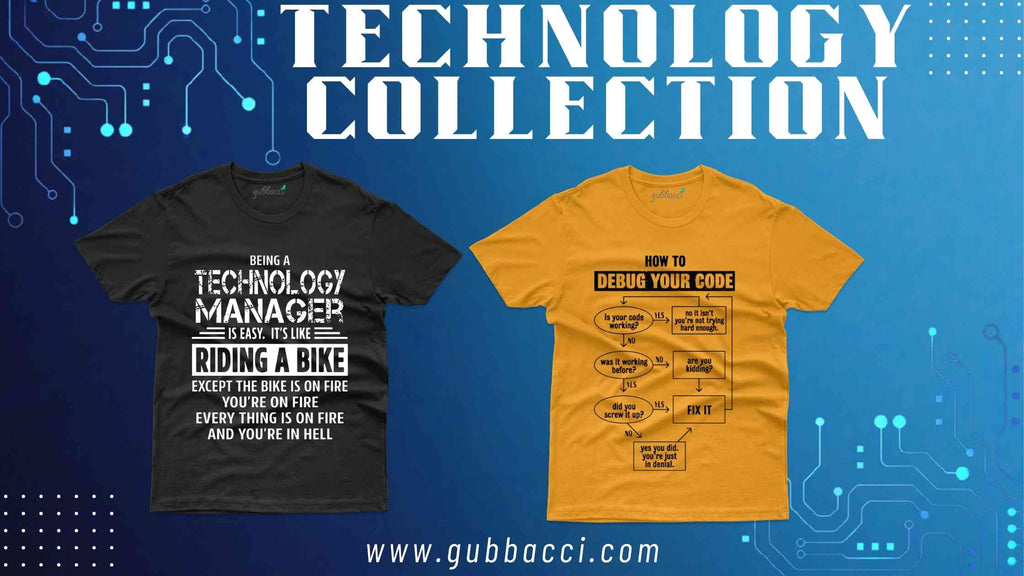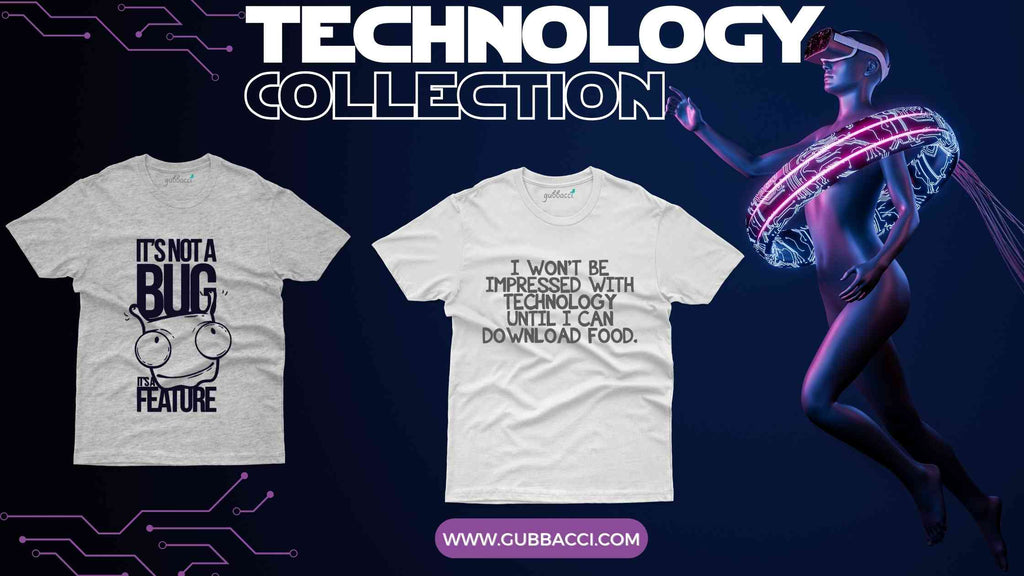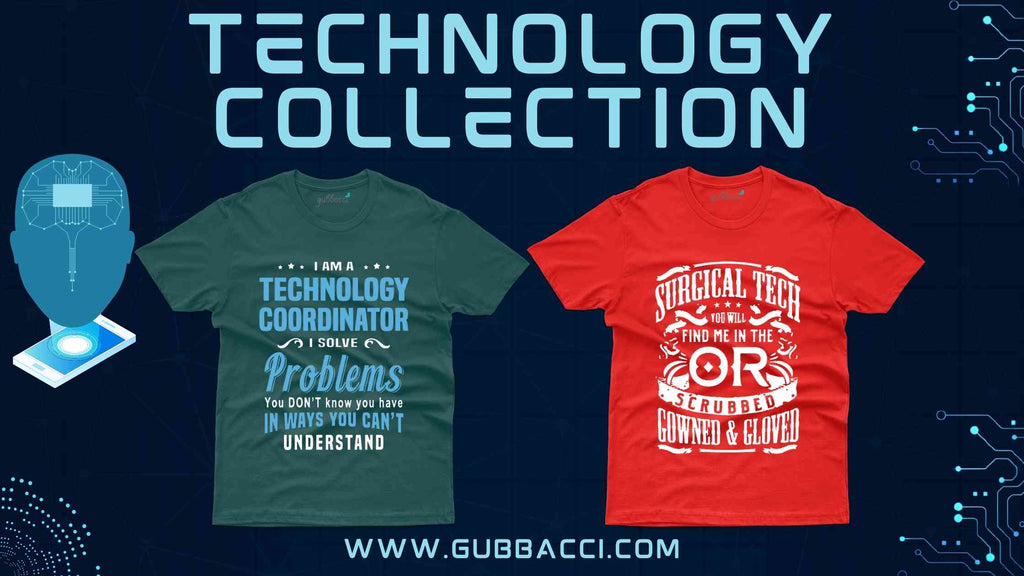Facial recognition, as its name suggests, is the use of technology to recognise human faces by means of a biometric system. In very simple words, when you place your phone screen in front of your face to unlock your phone, it gets unlocked due to facial recognition software. From unlocking your phone to validating your identity at ATMs, facial recognition is today being used in many fields to prevent crime, to identify and catch lawbreakers & criminals, as well as in helping find missing persons. Not just that, with the use of this technology, brands can and have benefited from targeted advertising and governments can protect schools and public places. More importantly, facial recognition can and is being used to help diagnose diseases that cause detectable changes in one’s facial appearance, as well as in securing many healthcare facilities. Of the many biometric technologies in the world today, truly nothing is quite making waves in the way facial recognition is.
With newer developments in computer science, we have created tools that can reduce human faces into name tags; and, now, more than ever, it’s important to reflect on how we got here, and what we stand to lose, as well as gain, in the era of facial recognition.
In this article, we will further discuss the mind of facial recognition software, its pros and cons, and how we can address security challenges in the age of facial recognition.
Understanding Facial Recognition -
Just like you would recognize a face, a computer’s facial recognition system too has more or less the same components as your own bodily system. When you see someone with your eyes, your mind uses perceived data to process the features of their face allowing you to quickly recall their identity from your memory. Now, imagine having those eyes in several places where you or anyone else could download and store memories from other people. That means you have something similar to the automated facial recognition, a development that has come together in just the past 5 years or so.
In the early 2000s, digital imagery faced a meteoric rise, and it just so happened to coincide with the birth of social media. And just when we were able to consume these endless amounts of images, Facebook, Flickr, YouTube and other sites told us that our images had a home and a repository online. That was creepy, wasn’t it? And we instantly had our antennas attuned. Why? According to a report, on a daily basis, Facebook sees over 100 million photos being tagged, that is over 100 million new photos being added to their repository on a daily basis. As the digital era continued to evolve, professional photography also went up on websites along with news articles, and photo libraries, and soon Google’s web crawlers gathered them into image search. After all that happened, Google’s computer vision researchers were hard at work. Of the millions of digital photos posted to the internet daily, where we naively tagged our friends and families on Facebook, or the umpteen number of google image results of famous people, they ultimately landed in the hands of engineers who then used them to construct the mind of facial recognition systems.
The mind or the map of a facial recognition network is made up of a series of algorithms, and it rummages through its repository to locate faces in an image, map facial features to correct for head rotation before it takes an additional 100+ measurements that would ultimately define an individual face. These measurements are usually mapped as the distance between the eyes, the length of the nose, and the width of the mouth.
However brilliant the technology is, one of the greatest downsides is that nobody knows or will know what exactly is being measured in the name of facial recognition. That data is determined by a deep learning algorithm which looks for correlations in raw pixel data. In order to train that algorithm, engineers give it each a set of triplets - an anchor photo, another photo of the same person, and a photo of a different person. The algorithm is tasked with deciding what to measure so that the statistical difference between the two matching photos is as small as possible, while the distance between the non-matching photos is as large as possible. These algorithms are refined through millions of examples but they still don’t perform equally well on all types of people or photos.
In fact, in Amazon’s facial recognition software, there were reports of gender and racial bias that was found time and time again, and this was in spite of several software updates. Because of that, in the late Spring of 2018, Amazon came under immense criticism for the sale of their facial recognition product called ‘Rekognition’, to law enforcement, for allegedly using it in civilian surveillance. This came as a shock to many of us, and suddenly and drastically made us all realize that facial recognition isn’t just a cool phone security feature, but a serious tool that can be leveraged to advance propaganda in any technologically enabled state. While it is important to note that whoever uses that software won’t be able to identify you until you’re in their database of known faces, it still poses a risk.
While facial recognition has many advantages, just like with any technology, it comes with its own set of downsides and can cause as much potential harm as it can do good. With companies like Facebook and Google hoarding databases of their users and repurposing them for facial recognition without permission, the risk of selling data to the wrong hands remains a pertinent issue.
Yandex, Russia’s leading internet search giant is notoriously known for using the reverse image search tool; but that isn’t news, because Google uses it too. On Google, if you upload a photo onto its reverse image search, you will find websites where that picture has appeared or it will provide visually similar images that have the same coloring or attributes. However, the key difference between Yandex and Google is that Google has not turned on its facial recognition in the way Yandex has. On Google, you can only enter a name and look for a face, and facial recognition by using facial similarities matches it to an existing database. On Yandex, however, you can enter a face and look for a name. Quite scary, isn’t it? Why? Simply put, that distinction presents itself as a meteoric shift in our day to day offline living and affects our freedom of choosing who we introduce ourselves to and vice versa.
That being said, facial recognition, when used ethically, has the power to do immense good. In the private sector, retail stores, banks and stadiums can buy watchlists of known shoplifters, fraudsters, valued customers, or other persons of interest so they’re notified when people show up. This has helped catch several fraudsters and has allowed brands to personalize the experience for valued customers. As of today, the healthcare sector has seen some of the greatest reformations through AI and facial recognition and truly there is a much greater need for facial recognition in areas more than just security.
Facial recognition in healthcare -
For years, hospitals and doctors have struggled with accurate and early detection of diseases. This has been a topic of discussion for a long time and has only recently gained momentum with the active digitisation of the healthcare sector. With facial recognition, hospitals and healthcare providers have been able to increase their interoperability, which has resulted in the decrease of patient data-matching errors and cases of discrepancies or mismatch. With drastic improvements in AI, it has allowed us to use technology in the healthcare sector to provide quicker remedies, saving both cost and human lives. With AI-powered face recognition systems in healthcare, hospitals and healthcare providers can quickly identify patients walking into their centers and categorize them into an existing database, or create a new one if the patient is on their first visit. This helps reduce time redundancies by comparing data with history to identify flagged persons before any damage can be done, as well as to cater to the specific needs of patients quickly and more effectively. Hospitals can also use this data to detect patterns and classify patients based on gender, age, ethnicity, and even predisposition to certain diseases.
The system can also be used to track patients without the need for physical devices. It is now being used as a widespread technology to track patients and keep their records safe, reducing cases of jumbled-up records or mismatching. With biometric facial recognition, verifying and authenticating visitors has become simplified thereby enabling more secure facilities and preventing cases of fraud in the healthcare sector.
Another brilliant application of facial recognition in healthcare has been emotion detection to study and understand the sentiment and temperament of patients going through various treatments. The technology can be used to detect the many emotions that a patient goes through during their course of treatment, and practitioners can then analyze the data to determine their mood and feeling. This could help determine which patients need more attention and care as compared to the others.
However, it begs to mention that as is with any new technology and rapid advancement, it can go into the right or wrong hands and can work for or against us. Any technology that comes with two sides can be a boon or a bane depending on how it is being used. Any technology at the end of the day should be a matter of ethics and facilitate equity across all modes and channels.
Love Technology? Would you wear it on your sleeve?
Technology and AI in healthcare is an ever-booming industry, and the job market has been thrown wide open for fresh graduates and tech geeks to make their mark on the world. Tech enthusiasts and tech geeks weaving their magic in the backdrop, we see you.
Our technology collection of t-shirts are an ode to your prowess and a fun way to bring some quirkiness into your every day! Shop here. You can visit Gubbacci design Studio to design your own custom T-shirt.














